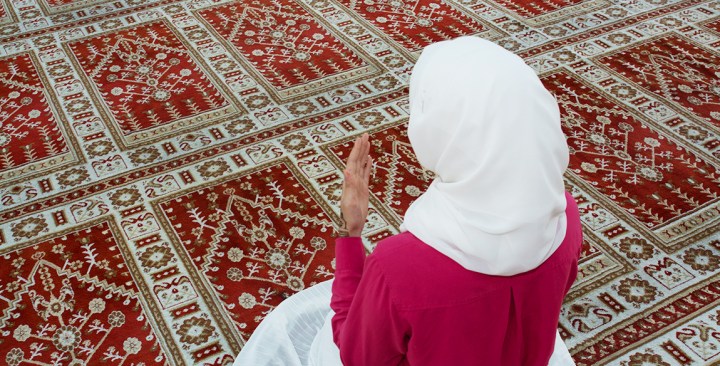How a Scholarship Gave a 22-Year-Old Syrian Refugee a Chance to Start Over in Aguascalientes

Photo by Sera15 / iStock / Getty Images Plus
Before Silva Hassan Namo moved to Mexico, the only connection she had to the Latin American country was through the telenovelas. She watched them with her family in Derik, Syria and later – when their lives were uprooted – in refugee camps. So when the Habesha Project offered her a chance to pursue a degree in Mexico, her family worried. “My dad’s dream was always for his children to study and become something,” Silva told The Guardian. “But he was scared about me coming to Mexico because he thought it was a country of criminals and marijuana – that’s what we would see in the TV series and the news.” But after four months in Mexico, Silva, 22, says going to Mexico changed her life.
“Imagine you’re dead and someone gives you a miracle cure,” Hassan, who moved with husband Jack Mohammed, added. “That’s what coming to Mexico feels like, like I’ve been born again.”
Hassan is one of 10 students who went to Mexico through the Habesha Project. On its site, the program – created by Adrian Meléndez – describes itself as a “neutral, not-for-profit, non-political, and non-faith based international Mexican-led humanitarian initiative aimed at sending a message of solidarity to the Syrian nation.” In the last six years – when Syria’s civil war began – more than half of the country’s 22 million people have been displaced. As a result, many lives were disrupted.
For Mélendez, a lawyer who met Mohammed in 2013, beginning Habesha Project came with plenty of challenges. It took him two years to get the Mexican government to approve 30 student visas. But that wasn’t as hard as what followed – i.e. having universities offer lower tuitions, finding language courses, and getting them the appropriate documents to make the travel. The 10 students live in Mexico City and Aguascalientes. The Habesha Project plans to expand to other parts of Mexico, as well as in Costa Rica.
For the students, there’s also the matter of trying to adjust to their new homes. Silva says that as a Muslim woman, she wears a hijab, because it’s important to her, even if she stands out. “I’m the only woman wearing hijab among millions of Mexicans and people do look at me, but it’s important to my religion,” she said. Hassan also didn’t speak Spanish when she arrived, but because of the program, she has her own small community in Aguascalientes. She lives in a gated community with her husband, and a few of the other scholarship recipients head to her house. The group often talks about food, especially the lack of halal.
Their group is made up of Kurds, Sunnis, Alawites, and one Christian. As they speak in Arabic, Kurdish, and English, Hassan’s husband is reminded of home. Jack said, “This is what Syria was like before the war, we mixed together.”